Rutted gateways can damage the underside of vehicles, make jobs like silage harvesting and result in more and more mud being dragged out on to laneways, etc.
There is also a risk of trampled ground around water troughs and this will worsen over time and can result in the trough itself becoming unstable, etc.
The repair job is very straightforward. It requires lifting the mud and top soil and putting down a good hardcore base, blinded off with finer material. The costs are digger time and hardcore, where it is bought in.
PICTURE ONE

This job involved restoring the ground conditions beside two gateways that faced across a lane. This picture was taken before the job began and we can see the water lying on the surface.
This poaching has been done by cattle as they often like to stand around gateways to watch any new activity.
PICTURE TWO

Here we can see where the farmer tried to avoid the soft ground in front of the gate by driving off to the side – rutting that ground in the process.
PICTURE THREE

This is the other gateway and, as we can see, it is much worse. There has been more tractor movement here, both in and out of the field.
PICTURE FOUR

Here’s the other problem – the water trough is beside the gate. This will result in more cutting up around the gate and trough.
PICTURE FIVE

The farmer called in Eric Ginty, who works for G Agri. He has lifted the topsoil, to a depth of about 18 inches. The farmer is moving the soil with his own tractor and dump trailer and it will be used on the farm for filling holes. He did not strip the corn on the right - there is no need. It won’t be driven on and will dry up and stay clean.
PICTURE SIX

Eric Ginty now shows us the other field across the laneway. The ground here is soft but not as bad as the first gateway. The 20t tracked excavator can move about without cutting up the ground significantly. A 100hp tractor would make a right mess.
PICTURE SEVEN

The required square hasbeen dug out. Eric will nowattach the wide bucket, which has no teeth, to clean the bottom of the dig.
PICTURE EIGHT AND NINE

The farmer has now moved in stone fill, three dumper loads (35t) in the first gateway, two loads (24t) in the second, cleaner gateway (picture nine). This is rubble material which the farmer had on hand from an old shed he took down.

Big lumpy material is ideal for the base of his new gateway. It won’t sink. We can see that it has rained a lot.
PICTURE 10

The new job is taking shape. Eric Ginty has now levelled out fill material and will track it in to firm it. As we can see, the material used is too big to leave as the final surface. It could damage tyres and would certainly hurt cattle's feet. So finer top material is needed.
PICTURE 11
The blinding material used here was a three inch down material which, again, the farmer had put aside from previous jobs. He used three dumper loads (total of 35t) between the two gateways. The stone has now been levelled.
The ground subject to most traffic by cattle and vehicles has now been stoned and will stay relatively clean. The grass immediately outside the newly stoned area will recover next spring. Not being subject to the same traffic, it should stay in good condition.

Despite the already wet ground and further heavy rainfall, this job has turned out well. If the materials are on hand, a 20t tracked machine will do this job in about half a day.
Farmers should be aware that a waste permit is required if bringing rubble on to a farm. Of course, many farmers use clean, dry fill all the time without interference, but, each year, a small number run into trouble with their county council after being reported for using rubble without a permit.
This article was previously published in the Irish Farmers Journal on 20 October 2012.

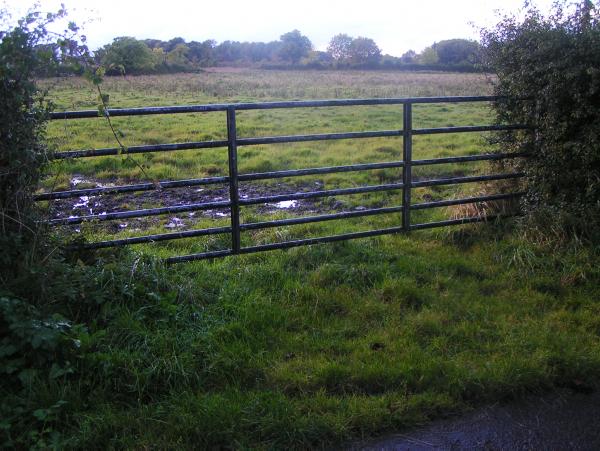




 This is a subscriber-only article
This is a subscriber-only article





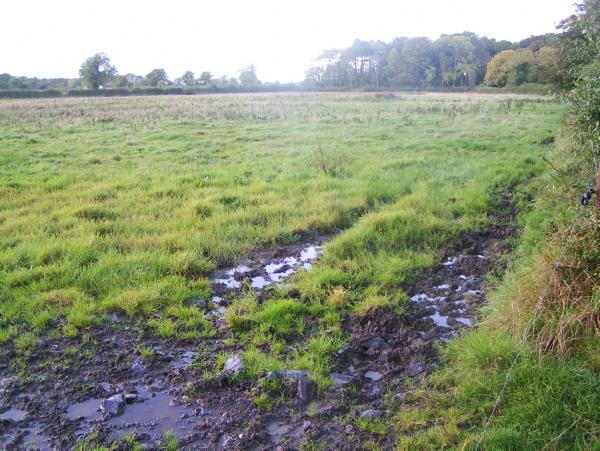




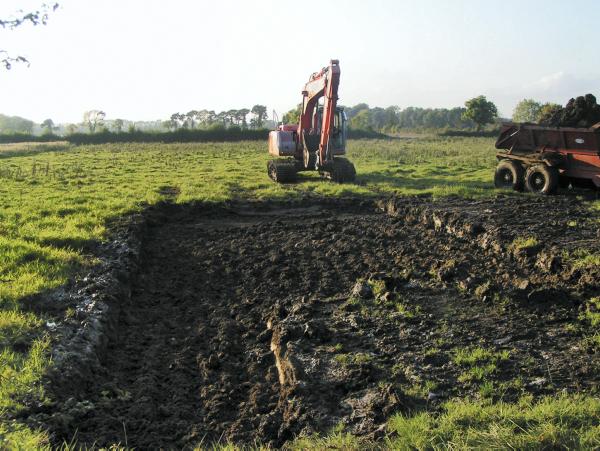
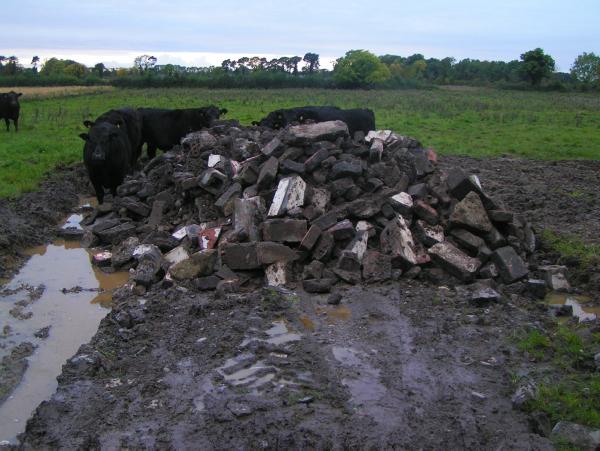
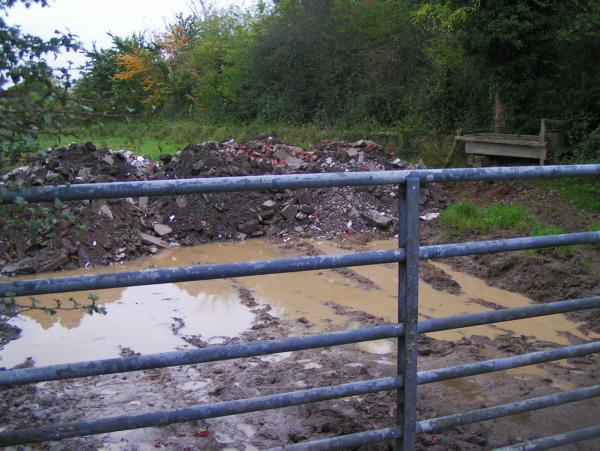


SHARING OPTIONS: